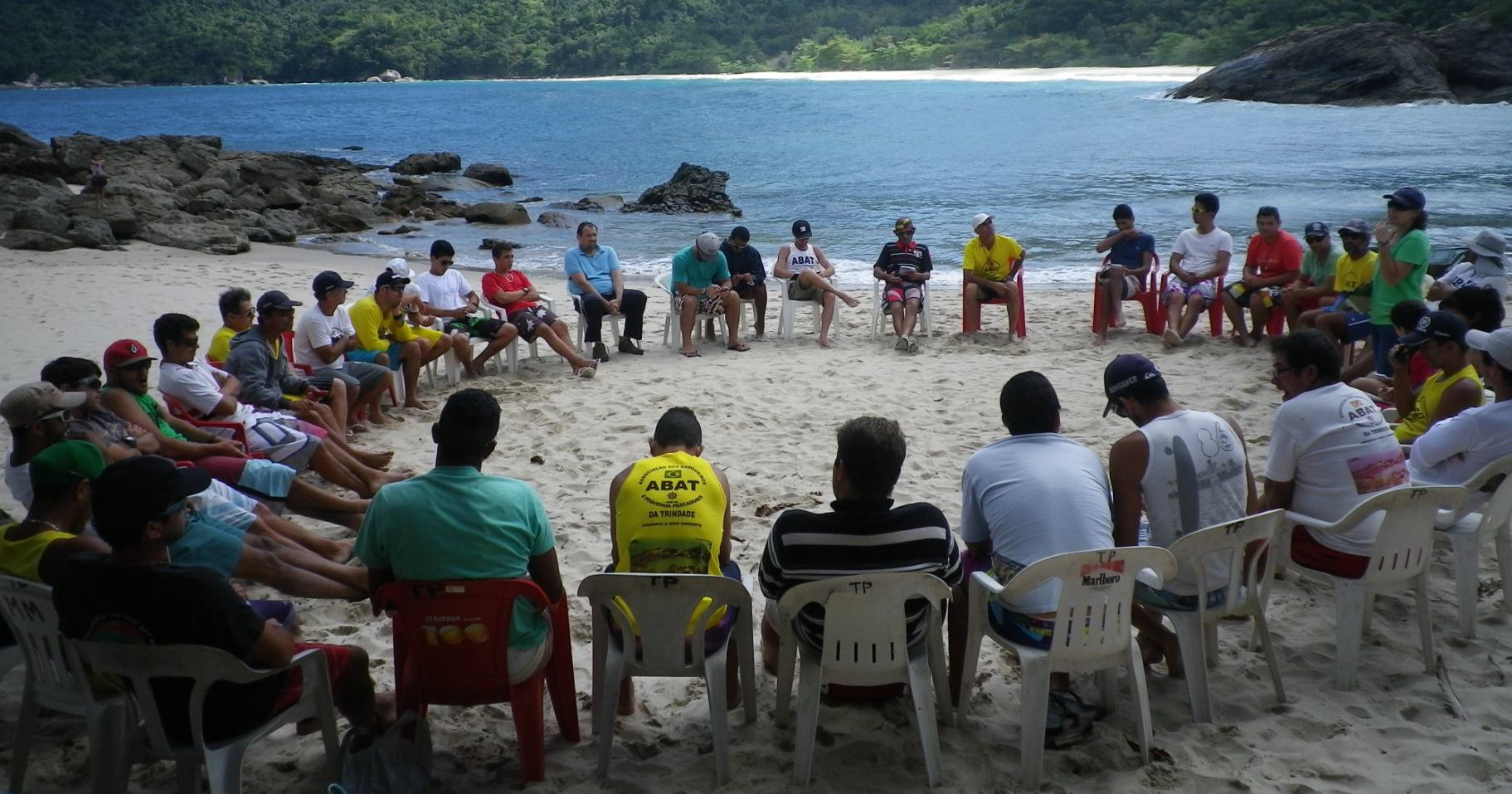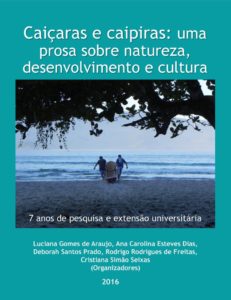
30 Sep Seven years of research and university outreach
CCRN members have produced a new workbook “A prose on nature, development and culture: seven years of research and university outreach”. This publication describes key findings from the seven years of research and outreach conducted by the Research Group on Conservation and Management of Common Natural Resources from Campinas State University, Brazil. The document is currently in Portuguese and will be translated into English in the coming months. Below is an English summary of the publication.
The purpose of this workbook is to highlight the native and rural communities of Brazil, their way of life, culture, and relationship with nature. These communities demonstrate how to integrate conservation into their lifestyles, values, culture, and dreams for the future. The challenges, solutions, and insights gained from these communities are discussed in three sections in this workbook.
The first section introduces the indigenous and rural people of Brazil. The workbook describes their connection to the environment, as well as their day to day struggles. Songs taken from these communities are shared with the reader to further introduce the reader to the indigenous and rural people of Brazil. This background supports the authors’ emphasis that these people have the right to remain in their territories. After introducing the local people, nine key concepts are defined, allowing readers to understand the dynamics and interplays in these communities. Finally, the authors go on to discuss that these communities conserve the environment while sustaining community livelihoods.
Section two takes a closer look at eight indigenous/rural communities Almada, Aventureiro, Catuçaba, Lázaro, Mambucaba, Praia do Sono, Trinidade and Tarituba. For each community the authors describe the location, livelihood activities and population. Additionally, the workbook provides details describing the challenges faced by these communities and the ways in which these communities have worked to address these challenges. For example, one challenge facing the Trinidade community is the implementation of protected areas. This implementation has resulted in restrictions on the use of natural resources, which in turn has impacted the livelihood of community members. In order to address this challenge, the Trinidade community mobilized community associations to create a productive dialog with government and park officials.
The final section is a summary discussing the main insights gained from studying these communities. The authors provide key findings regarding the cultural identity of these communities as well as their deep-seated association with nature; the social capital and resilience of these communities; the livelihood and environmental progress made in these communities; and the initiatives taken by these communities to address their challenges. Finally, the authors describe 10 key points that should be considered regarding these eight communities, the points they provide are applicable to any community facing similar circumstances.
Featured image: © Natália Bahia and was taken from “Caiçaras e caipiras: uma prosa sobre natureza, desenvolvimento e cultura 7 anos de pesquisa e extensão universitária.”



